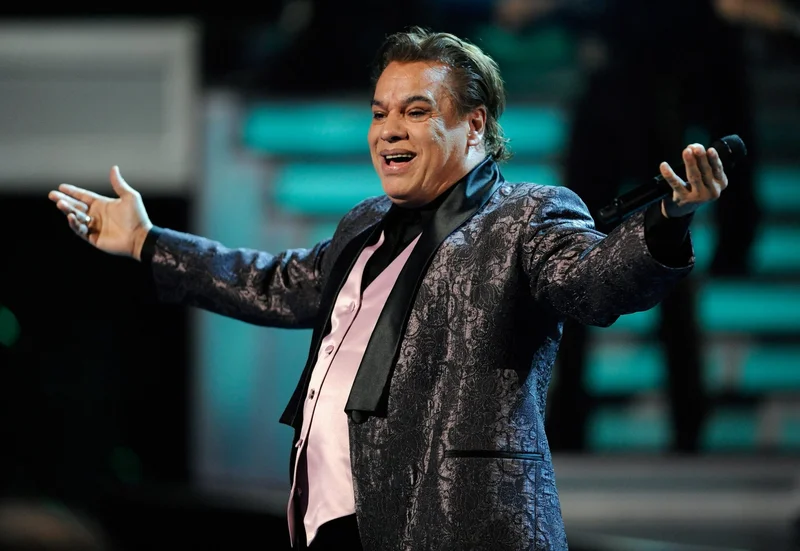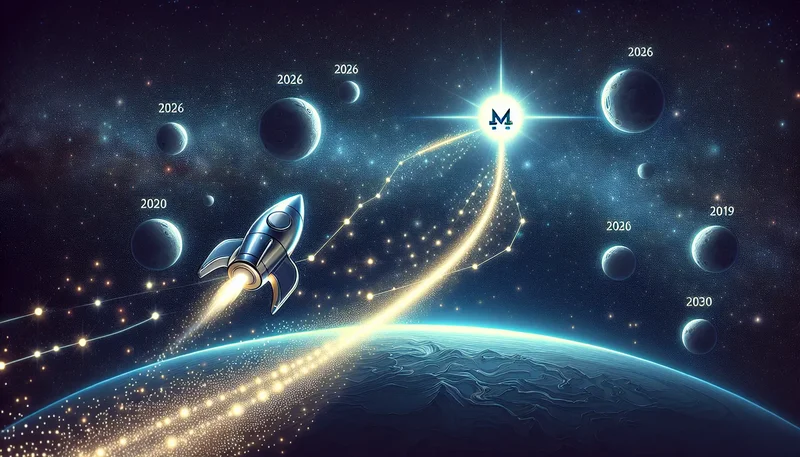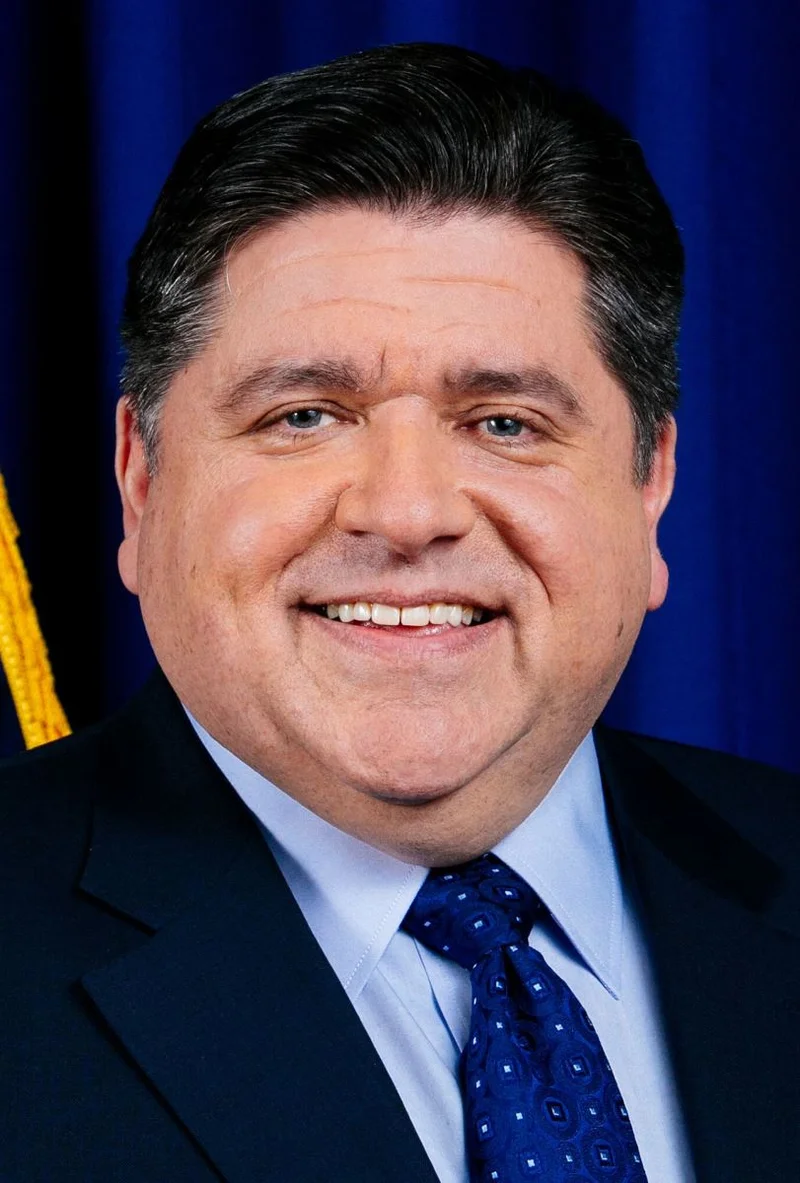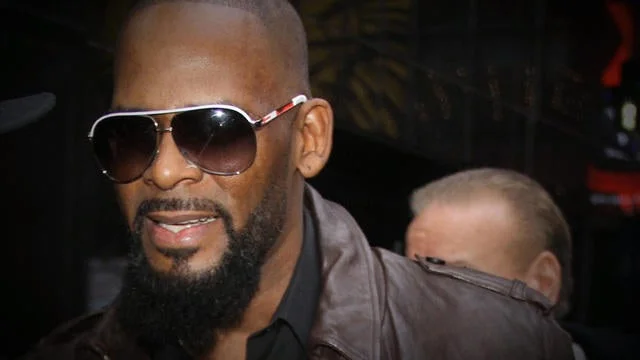Juan Gabriel's Immortal Voice: What a Posthumous Album Proves About the "Is He Alive?" Theories
When you first hear it, the feeling is uncanny. A voice you thought was silenced forever, singing a new song. In our current landscape, a jaded part of our brain immediately jumps to one conclusion: artificial intelligence. A clever algorithm fed with hours of old recordings, stitching together a digital ghost. We’ve seen it with actors, we’ve heard it with other musicians. It’s a marvel of engineering, sure, but it often feels hollow—a perfect imitation that lacks a soul.
But what if the ghost in the machine wasn’t a ghost at all? What if it was a perfect recording, a preserved piece of a human spirit, waiting for the right moment to be heard?
This is the paradigm-shifting story of Juan Gabriel’s new posthumous album, Eterno. For those unfamiliar, Juan Gabriel—known as El Divo de Juárez—was more than a singer; he was a cultural institution in the Spanish-speaking world, a prolific songwriter whose music forms the soundtrack of millions of lives. His death in 2016 left a void that felt permanent. So when a new album of juan gabriel canciones was announced, the world listened with a mix of excitement and skepticism.
And then, the truth came out, and it’s a far more profound and hopeful story than any AI could ever write. The voice you hear on Eterno is 100% Juan Gabriel.
This isn’t a deepfake. It’s a time capsule.
For seven years, Juan Gabriel’s personal engineer and musical director, Guillermo Hernández Galicia, served as a trusted archivist. The singer had a habit of recording his vocals for projects far in the future. He’d lay down raw vocal tracks—in simpler terms, just his voice, isolated and pure, without any of the instruments—and tell Galicia, “Save these things, someday they might be needed.”
When I first read that the producer confirmed the vocals were completely authentic, without any artificial manipulation, I felt this incredible sense of relief and excitement. This is it. This is how we do it. This is the blueprint for a digital afterlife that honors the artist instead of merely mimicking them. The team didn't generate a voice; they built a world around a voice that was already there, waiting. It’s the difference between commissioning a perfect replica of the Mona Lisa and discovering a collection of da Vinci’s original, unreleased sketches. One is a technical feat; the other is a genuine connection to genius.

The work took seven months, with Galicia and Juan Gabriel's son, Iván Aguilera, painstakingly crafting new mariachi arrangements around these pristine vocal recordings. Listening to tracks like “Enamorado y Feliz,” you’re not hearing an approximation of Juan Gabriel. You are hearing him, in that moment, just before he passed, pouring his heart into a microphone. The technology here wasn’t used for creation, but for curation and amplification. It’s a model that feels profoundly respectful.
From Archive to Anthem: The Blueprint for Digital Immortality
A New Rosetta Stone for Artistic Legacy
What we're witnessing is something akin to the discovery of a lost manuscript. Think of the printing press, which allowed a single work to be replicated and shared, preserving it through time. We are now entering an era where an artist's core essence—their voice, their performance—can be preserved with such fidelity that it can become a foundational element for new, authentic art decades later. This isn't just about one album, it's about a fundamental shift in how we can think about artistic and personal history—it means the creative energy of a person doesn't have to end with their life but can become a seed for future generations to build upon in a way that’s collaborative and true to the original source.
This raises, of course, a critical ethical question. In the wrong hands, such archives could be exploited. But the Eterno project provides the ethical roadmap. It is guided by the artist’s own family and his most trusted collaborator, fulfilling a vision he himself set in motion. It’s the polar opposite of an unauthorized digital puppet show. It’s about stewardship. We have a responsibility to be curators, not counterfeiters, of the legacies left in our care.
The impact is already undeniable. Nine years after his passing, Juan Gabriel has nearly 12 million monthly listeners on Spotify and over 8.7 billion views on YouTube. The new album, and the upcoming juan gabriel netflix documentary, aren’t just feeding a sense of nostalgia; they are actively expanding his legacy, introducing his genius to a new generation. When thousands gathered to experience his juan gabriel bellas artes concert film, or when a clip of juan gabriel así fue goes viral on TikTok, it confirms that this voice isn't a relic. It is a living, breathing part of our culture.
What does this mean for the rest of us? Imagine a future where a grandparent can leave behind not just photos, but a high-fidelity archive of their stories, their voice, their laugh. Imagine a world where a brilliant scientist’s lectures can be preserved so clearly that future students can learn from their "raw" vocal data, woven into new interactive lessons. The technology to capture our essence is already in our pockets. The question Juan Gabriel’s team answered is how to use it with reverence, creativity, and love.
They haven’t resurrected a ghost. They’ve simply opened a door to a room he was already in, and invited us all to listen.
The Soul is the Source Code
The great fear of the digital age is that technology will create soulless copies of our humanity. The story of Eterno presents a more beautiful possibility. It proves that technology’s highest purpose isn’t to imitate life, but to preserve it with such integrity that the soul of the creator remains the undeniable source code for everything that follows. The future of immortality isn’t fake; it’s just been waiting in the archives.
Reference article source:
Related Articles
Monero's Privacy Push: Price Surge vs. Bitcoin and Zcash – What Reddit is Saying
The Privacy Coin Pump: An Anomaly or the New Normal? Monero (XMR) is up 15% today, hitting $418. Zca...
Pritzker's $50 Billion 'Fix': What They're Not Telling You
Illinois Throws $50 Billion at Infrastructure. Guess Who Gets the Scraps? So, another press conferen...
Louis Tomlinson Announces 2026 World Tour: What We Know About the New Album, Tour, and One Direction Connections – What Reddit is Saying
I’ve been tracking disruptive systems for two decades, from the basements of MIT to the boardrooms o...
Royal Caribbean Norovirus Outbreak: What the CDC Data Reveals and the Numbers Involved
The latest incident report from Royal Caribbean’s Serenade of the Seas presents a tidy, almost clini...
Dogecoin's 50% Flash Crash: What Happened and Why It Was Inevitable
So, the funny dog money took a 50% haircut last week. Let’s all take a moment to clutch our pearls a...
A Presidential Pardon for Crypto's Pioneer: What This Means for Our Digital Future
The CZ Pardon Isn't Just About Crime—It's the Starting Gun for America's Next Tech Revolution When t...





